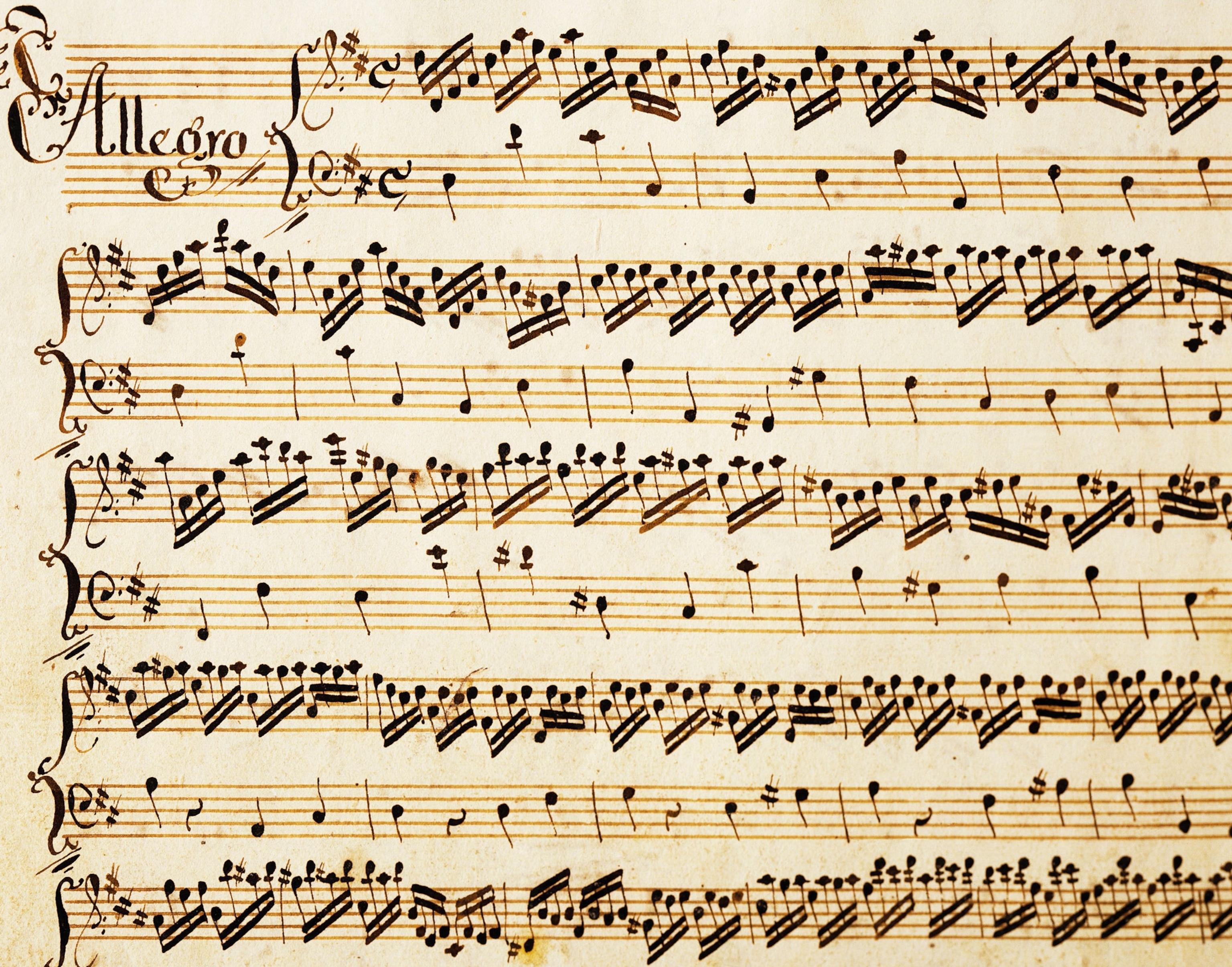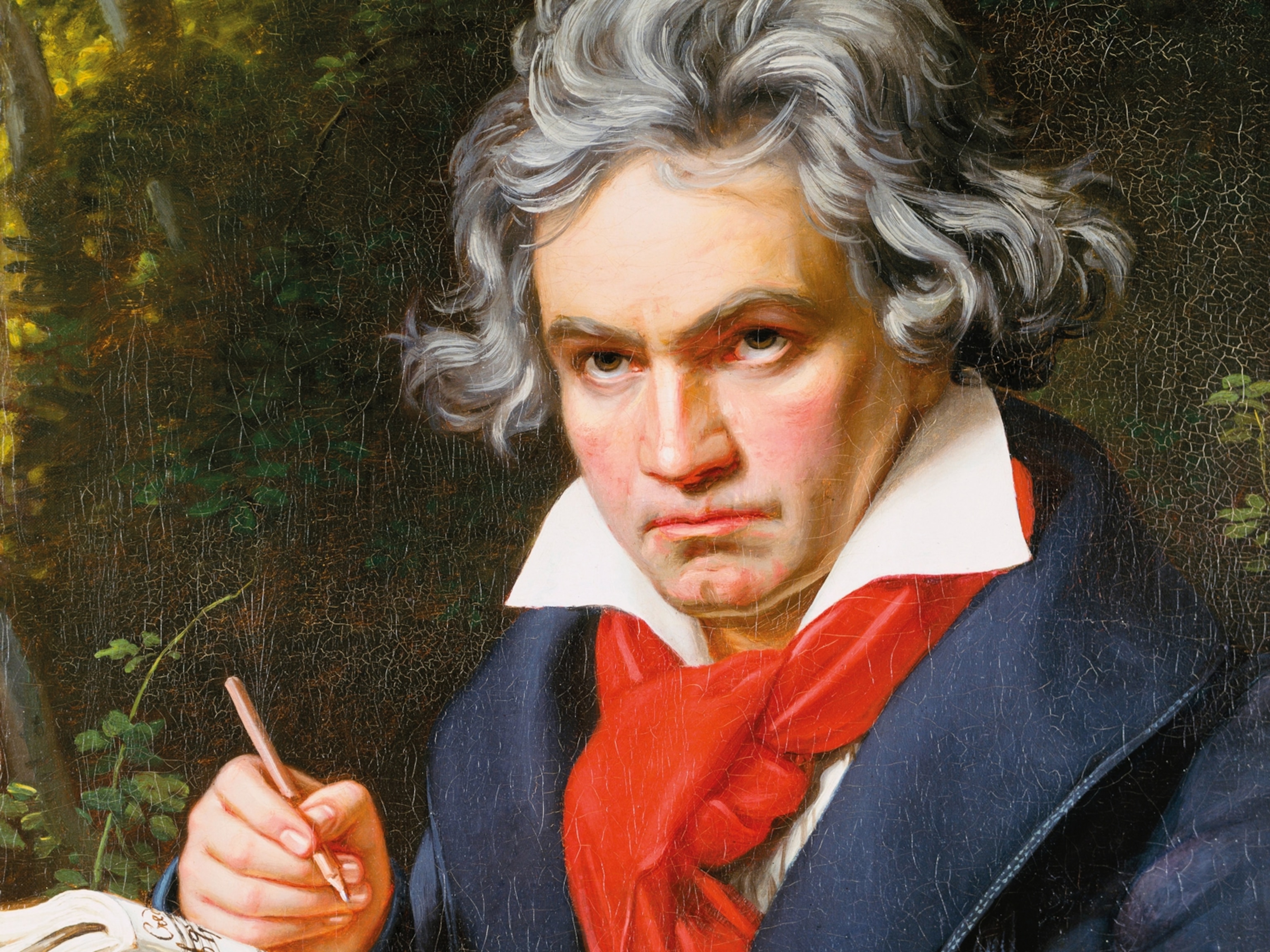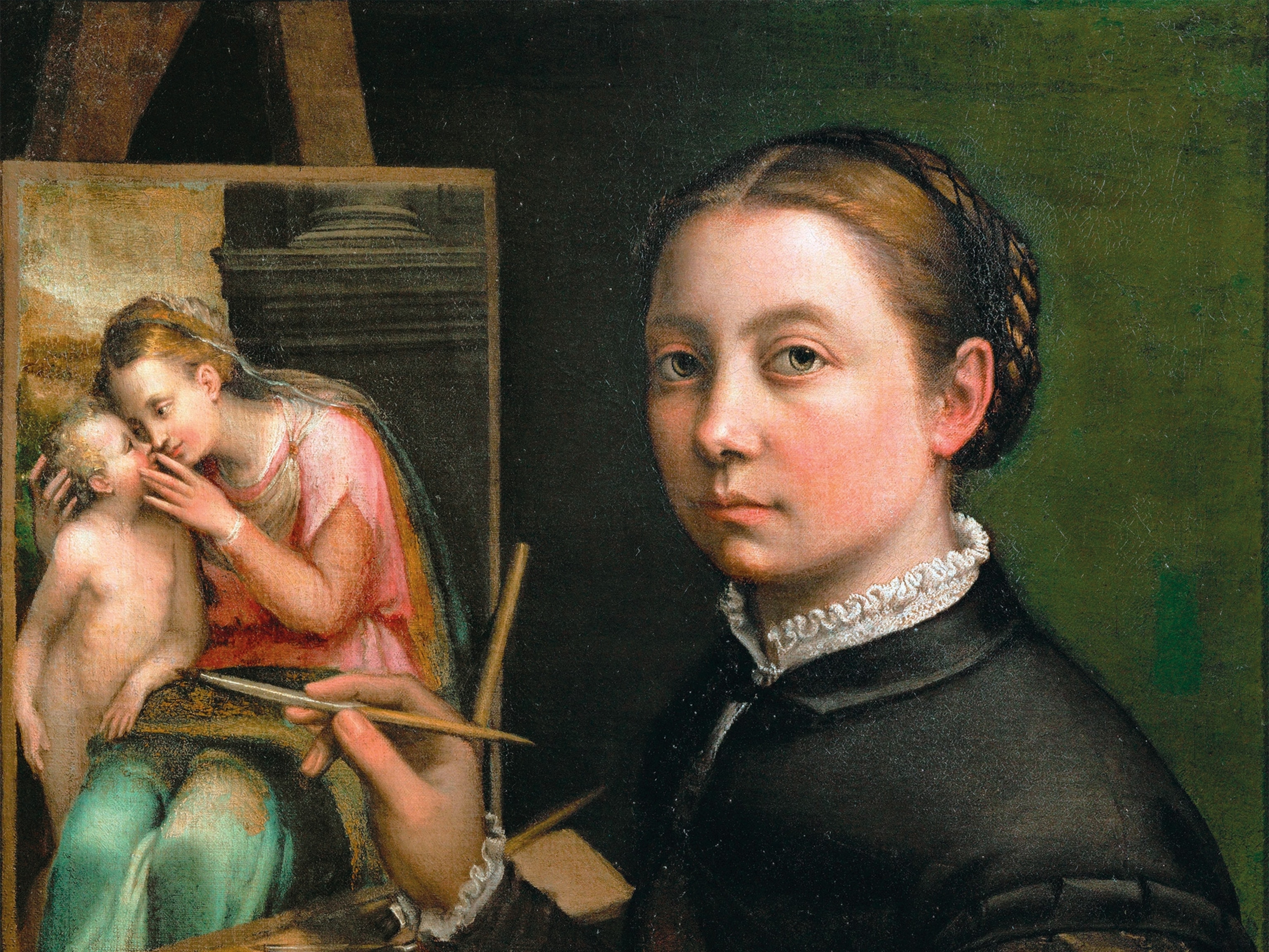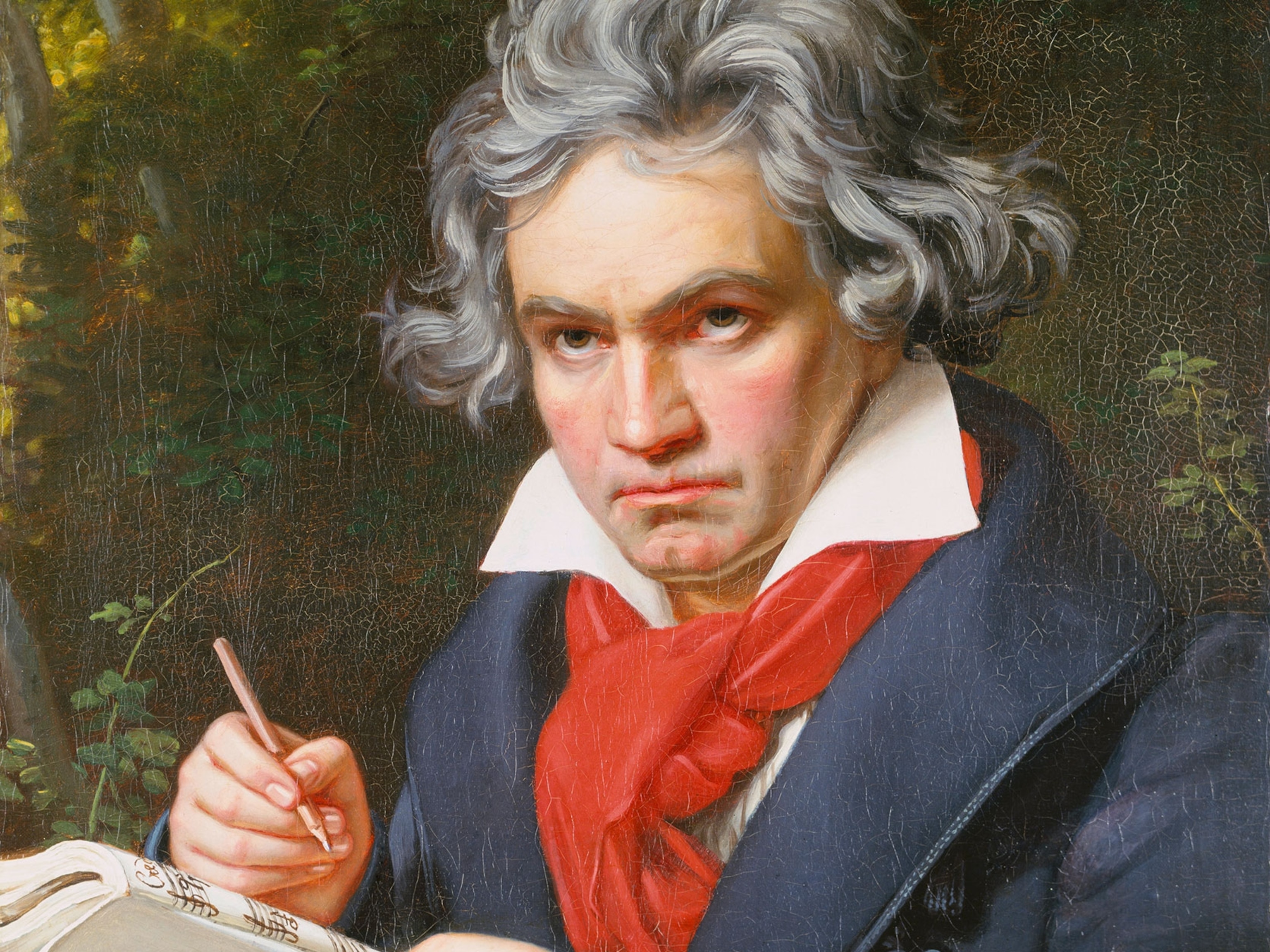Italian musical masters took the violin from fiddle to first chair
Strummed, plucked, or bowed, violins had been making music for centuries before Andrea Amati and Antonio Stradivari brought them to new heights in the 16th and 17th centuries.

The violin is arguably the world’s most popular instrument. Its expressive tones suit a variety of musical styles, from fast and furious to slow and sanguine. Becoming popular in the 16th century with both commoners and nobles, the violin has remained a democratic instrument, universal and versatile. (See also: 1,700-year-old musical instrument found, and it still works.)

The development of the modern violin was gradual and complex, evolving from a variety of other stringed instruments. The pear-shaped lira, found in Europe as early as the ninth century, was played in an upright position and bowed. The influence of the two-stringed rabab, an Arabian fiddle introduced to western Europe in the 11th century, and the three-stringed rebec, which appeared in Spain between the 11th and 13th centuries, likely as a result of the Crusades, is also reflected in the modern violin. The French vielle, like the rebec, was usually supported on the chest or under the chin and was widely used by troubadours in the 13th to 15th centuries to accompany singing and dancing. Stringed instruments have a long history in folk music, but the violin became more standardized after it went to court.

Most historians agree that today’s violin emerged in the early 16th century in northern Italy, an area which would maintain the violin-making tradition over the coming centuries. Maple and spruce, the two types of wood most favored by violin makers then and since, were readily available in the Lombardy region. The city of Brescia, located at the foot of the Alps, was the earliest to excel in the crafting of violins, but Cremona, home to the world’s most famous luthiers, Giuseppe Guarneri, Antonio Stradivari, and the Amati family, became synonymous with the art of violin making. (See also: Inside Einstein's love affair with 'Lina'–his cherished violin.)
Lombardy Luthiers
In February 1539 master craftsman Andrea Amati leased (and later bought) a house and workshop in Cremona that remained in his family’s possession for 200 years and became one of the premier musical instrument workshops in Europe. (Watch: Turning sound into music–why do we do it?)
In the early 1560s, Catherine de Médicis, the French queen regent, commissioned Amati to make a variety of string instruments for the Royal Ensemble. How many Amati made and delivered remains unknown, but it is thought that the scale of work required ultimately established the basic form and construction of the modern violin. Amati’s creation had a wooden sound box with two F-shaped apertures. Tuned to perfect fifths, four strings stretched along the instrument’s neck, where they were tightened with pegs. Amati’s workshop was a family venture, as he shared the secrets of his craft with his two sons, Girolamo and Antonio. The dynasty extended to a third generation with Girolamo’s son, Nicolò, who became the maestro to two of the most celebrated violin makers: Andrea Guarneri and Antonio Stradivari.
First Among Instruments

1523
Records from the Alpine region of Savoy notes payment for the services of “trompettes” and “vyollons.”
Circa 1535
Gaudenzio Ferrari paints one ofthe first depictions of a violin in the Saronno Cathedral in Lombardy, Italy.
Circa 1510
Andrea Amati is born. His work will establish Cremona, Italy, as the center for violin making in Europe.
1644
Master violin maker Antonio Stradivari is born. His instruments will become treasures, valued for their acoustics.
The violin’s sound continued to expand through the centuries, embraced by fiddlers and virtuosos alike. During the 17th century, the violin became an important instrument in the orchestra as composers like Claudio Monteverdi incorporated it into their compositions. Composers and musicians, such as Antonio Vivaldi (1678-1741), Franz Joseph Haydn (1731-1809), and Niccolò Paganini (1782-1840), continued to focus on the sounds of the strings, bringing the violin to greater prominence in the orchestra.
Around 1786, François Tourte created the modern bow, standardizing its length and weight. The invention of the chin rest around 1820 made the instrument easier to hold and increased its range of play. The neck and fingerboard were both lengthened and tilted in the 19th century, allowing the violinist to play the highest notes, and the bass bar was made heavier to produce a bigger, more brilliant sound.
Whether sounding sweet or sad, playful or somber, the violin's ability to evoke almost any mood has helped take it all the way to the top. Often referred to as the "concertmaster," the first chair violinist has become the leader of the orchestra, second only to the conductor. She tunes the orchestra, plays the violin solos, and coordinates how the other strings should play their parts in perfect harmony.





